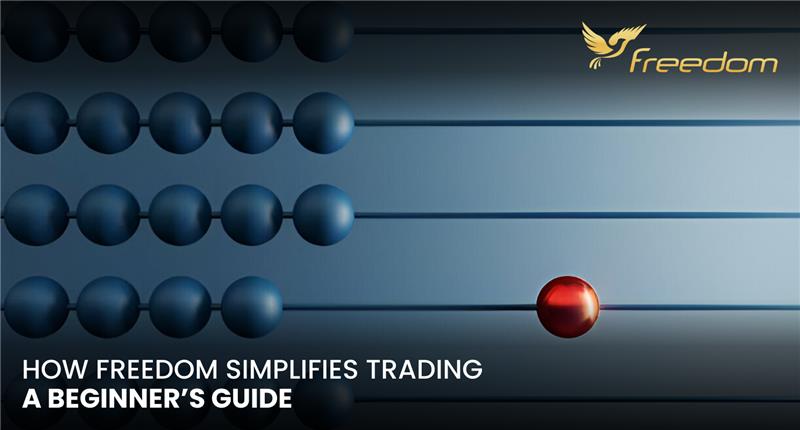If you’ve ever lost money in stock trading, you’ve wondered if there’s a way to profit when equities decline in value. There is, and it is known as short selling. Even while it appears to be the ideal method for profiting from falling stock prices, it carries even more risk than typical stock purchases.
The Process of Short Trading
The rationale for short selling stocks is that the investor profits when the stock price falls. This is the inverse of the “normal” approach, in which an investor purchases a stock with the expectation that it would rise in value and be sold for a profit.
Another trait that distinguishes short selling is that the seller is selling a stock that they do not own. That is, they are selling a stock before purchasing it. They must borrow the stock they are selling from the investment broker to do so. When they do, they sell the stock and wait for it to fall in price (ideally).
At that point, they can buy the stock for delivery and close out the short position profitably. You may be asking what happens if the stock price rises, which is a valid concern. The seller can choose to keep the short position until the stock price falls, or they can close the transaction at a loss.
Also Read – Benefits of Holding Stocks
Risk vs. Reward in Short Selling
The potential for limitless losses is a basic issue with short selling. When you buy a stock (go long), you can never lose more money than you put in. As a result, in theory, your potential benefit is limitless.
For instance, if you buy a stock for $50, the maximum you can lose is $50. However, if the stock rises, it could reach $100, $500, or even $1,000, providing a substantial return on your investment. The dynamic is diametrically opposed to that of a short sale.
If you short a stock at $50, you can only make $50 on the transaction. However, if the stock rises to $100, you’ll have to pay $100 to exit the trade. A short sale has no upper limit on how much money you can lose. If the price reaches $1,000, you’ll have to spend $1,000 to close out a $50 investment position. This disparity helps to explain why short selling isn’t more common. This potential is known to astute investors.
Time Works Against a Short Sale
There is no time limit for holding a short position in a stock. The issue is that they are often purchased with margin for at least a portion of the position. Those margin loans have interest charges attached to them, and you must continue to pay them for the duration of your position.
The interest charged is like a negative dividend in that it indicates a recurring decrease in your equity in the position. If you pay 5% in margin interest every year and keep the short position for five years, you will lose 25% of your investment just by doing nothing. That changes the odds in your favor. You will not be able to sit in a short position indefinitely.
There’s more margin news, and it’s both good and bad. If the price of the stock you sold short rises, the brokerage firm may issue a “margin call,” which is a request for extra funds to maintain the required minimum investment. If you are unable to contribute extra funds, the broker may close the transaction and you will suffer a loss.
As horrible as this sounds, it can serve as a sort of stop-loss provision. As previously stated, the potential losses on a short sale are limitless. A margin call effectively limits the amount of loss your position may tolerate. The primary disadvantage of margin loans is that they allow you to leverage an investing position. While this is quite effective on the upside, it just compounds your losses on the downside.
Brokerage firms normally allow you to margin up to 50% of an investment position’s value. A margin call is normally issued if your equity in the position falls below a specific percentage, which is commonly 25%.
Factors That May Prevent a Short Sale
Regardless of how poor a company’s prospects are, there are a few occurrences that could create a rapid change in fortunes and lead the stock price to climb. Whatever study you conduct or expert advice you receive, any of them could rear its ugly head at any point.
- If this occurs while you are holding a short position in the stock, you may lose your entire investment or even more. Here are some examples of such situations:
- Despite the company’s bad fundamentals, the overall market could grow dramatically, driving up the price of your shares.
- The company could be a takeover target, an announcement of a merger or acquisition could trigger the stock price to jump.
- The unexpected, good news could be announced by the corporation.
- A well-known investor may take a substantial investment in the stock if he believes it is undervalued.
- The news of a significant positive development in the company’s industry could lead the shares to surge in value.
- Political unrest in one corner of the world may suddenly make your short sale firm more appealing.
- A change in legislation that benefits the corporation or its industry.
These are just a few instances of events that could occur, causing the stock price to climb despite detailed research indicating that the company was an excellent target for a short sell.
Conclusion
Investing in equities in the traditional manner is risky enough. Short selling should be reserved for highly experienced investors with substantial portfolios capable of absorbing abrupt and unexpected losses. Start AI Trading, Join Freedom!




